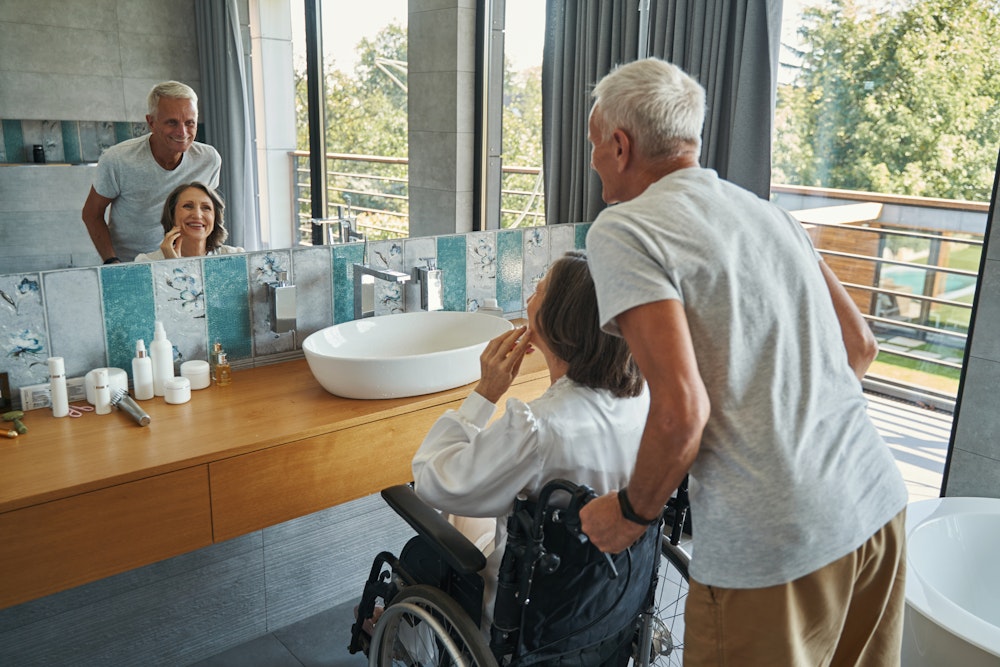Studies show, and experts agree, that using water as a means to heal (called hydrotherapy) can help you get and stay healthy and address some chronic (ongoing) conditions. Hydrotherapy can include a soak in a hot tub, cold water treatment, use of an ice pack or packs, a sauna, swimming or sitting in mineral or hot springs, water exercises and massage, and using wet towels on aching muscles and joints.
For most people, hydrotherapy has few or no side effects, especially if you remember not to expose yourself to too much heat or cold for lengthy periods of time. You should also make sure you stay hydrated. However, some people should talk to their doctors before starting any form of hydrotherapy treatment. These people include:
- Anyone with a condition that could be worsened with exposure to extreme temperatures (hot or cold), including anyone with heart disease, lung disease, circulation disorder, Reynaud’s phenomenon, or chilblains
- Anyone whose injuries could be further aggravated by exposure to water jets
- Anyone with nerve damage who may not be able to tell if they are using water at an extreme temperature
- Pregnant women
- Anyone with an implanted medical device, such as a pacemaker
Better Overall Health with Water
So why water? You’ve probably heard that we should drink around 8 glasses of water aday, and that we are primarily comprised of water, but using water externally can increase your blood circulation, including circulation of white blood cells, which are an integral part of your immune system. Water therapy can also increase your endorphins, which, when combined with increased circulation, can strengthen your immune system, heal injured tissue, decrease inflammation, and boost your overall energy and well-being.
Alleviate Body Pain or Arthritis
Along with helping your overall health, hydrotherapy has been used to treat people who have injured one or more parts of the body, who have had a stroke, and who have had or currently have a respiratory infection. This form of therapy can also help people who have arthritis and other similar conditions. You can also reduce your stress levels, sleep better, and have fewer headaches if you regularly use a form of hydrotherapy.
Perhaps surprisingly, soaking in a hot tub has been found to improve blood sugar levels in people who have diabetes, decrease blood pressure, and help people with multiple sclerosis, fibromyalgia, tendonitis, scoliosis, carpal tunnel syndrome, and bursitis. Doctors are also beginning to suggest hot tub therapy for people who have been diagnosed as having depression and for people who have pain.
In a whirlpool spa, you’re going to get the benefits of heat, buoyancy, and massage, which, when combined, can give you a unique relaxing and soothing experience. Walk-in tub immersion in hot water is a sure way to increase your circulation. How? Well, spa jets will massage you with a combination of water and air, which will help improve circulation, relieve muscle tension and stiffness, release trigger points, increase motion range, release pressure on the nerves, and promotes overall relaxation.
And because in water you are practically weightless (buoyancy can help you feel as if you are 90 percent lighter), and pain or pressure you feel in your joints or muscles will feel better.




